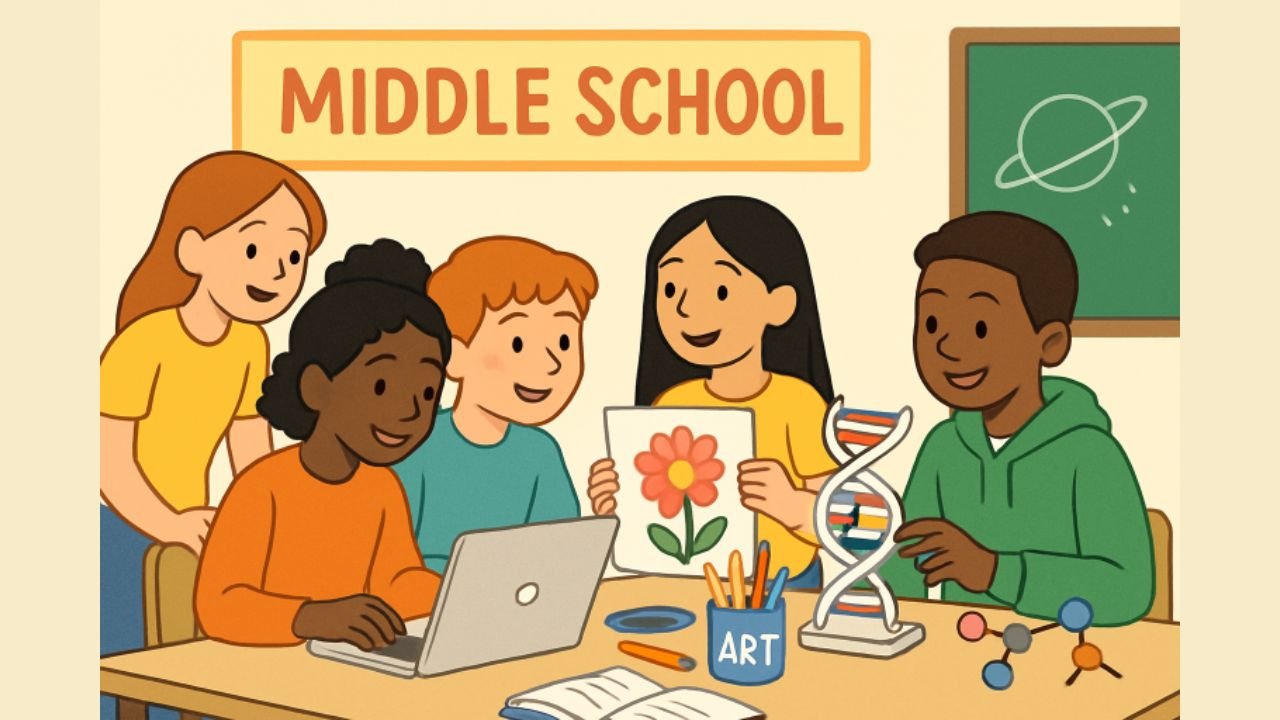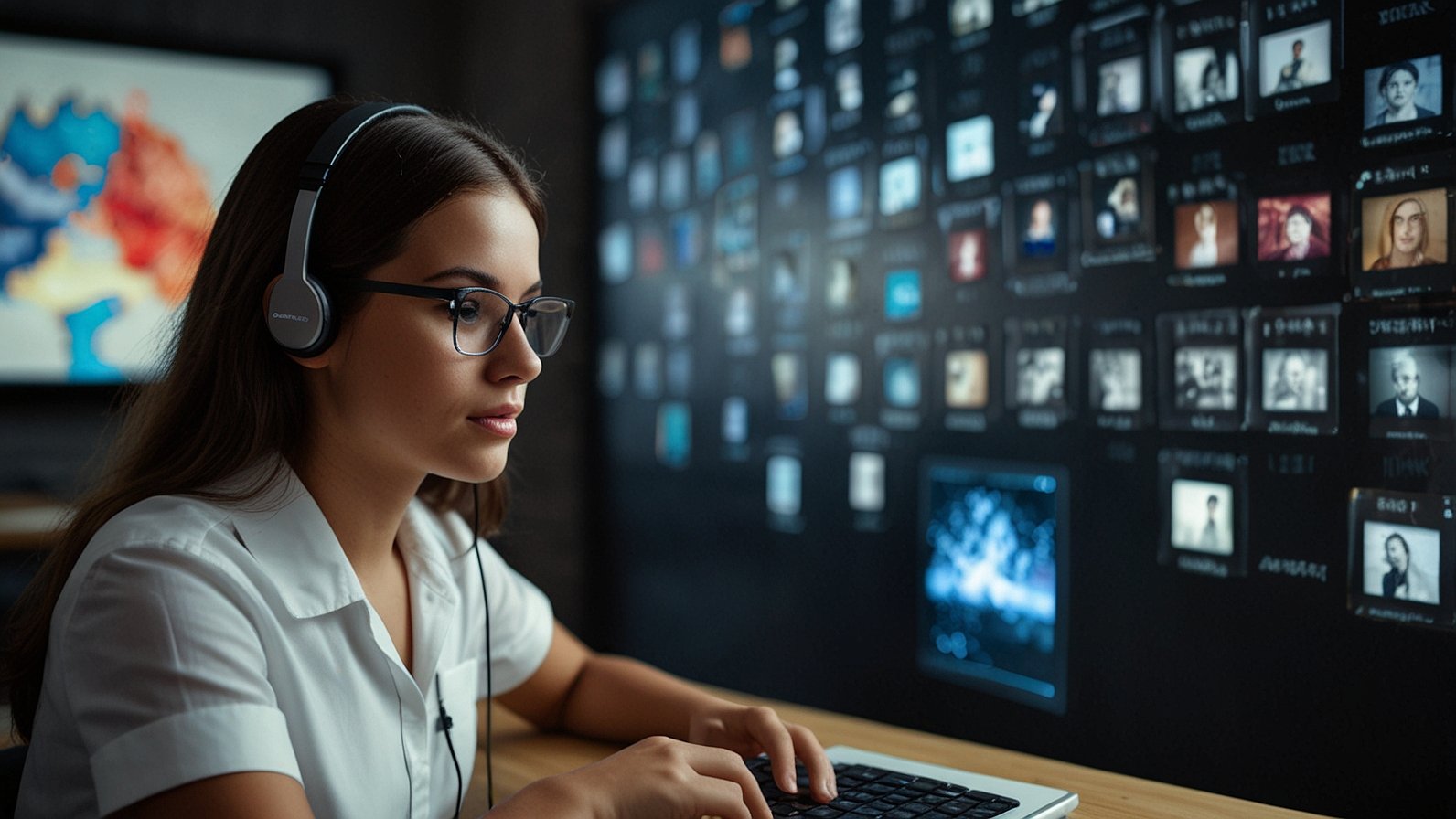Key Takeaways
- Implementing gamification can boost student motivation and participation.
- Collaborative projects foster teamwork and critical thinking skills.
- Hands-on learning experiences enhance understanding and retention.
- Integrating technology makes lessons more interactive and relevant.
- Connecting lessons to real-life situations increases student interest.
- Differentiated instruction addresses diverse learning needs.
- Incorporating mindfulness practices supports emotional well-being.
- Encouraging creative expression through media projects builds confidence.
Table of Contents
- Gamification: Making Learning Fun
- Collaborative Projects: Encouraging Teamwork
- Hands-On Learning: Engaging the Senses
- Technology Integration: Enhancing Interactivity
- Real-Life Connections: Making Lessons Relevant
- Differentiated Instruction: Catering to Individual Needs
- Mindfulness Practices: Supporting Emotional Well-being
- Creative Expression: Building Confidence through Media Projects
- Conclusion
Engaging middle-grade students is both a challenge and an opportunity for educators. Creative teaching strategies are essential for energizing young learners, supporting their developmental needs, and fostering a classroom environment where every child thrives. Innovative methods can make lessons both memorable and meaningful, helping students connect more deeply to their studies and enjoy their academic journey. For educators seeking effective classroom practices, pursuing a comprehensive middle school education degree provides a strong foundation for implementing strategies that resonate with young adolescents.
Middle-grade learners are curious, energetic, and eager for relevance in their schoolwork. Recognizing and responding to these traits, while addressing varied learning styles, requires methods that go beyond traditional lectures. By blending game elements, collaborative projects, hands-on exercises, and technology integration, teachers can craft lessons that foster critical thinking and inspire engagement. As classrooms become more diverse and digital, a purposeful connection between curriculum and real-life skills prepares students for challenges beyond the school walls.
Differentiated instruction, mindfulness, and opportunities for creative expression all contribute to a holistic educational approach. These strategies ensure that every student, regardless of background or ability, has the chance to succeed and feel confident within the learning environment. Embracing these tools not only improves academic performance but also builds resilience, teamwork, and communication skills that are essential for lifelong learning and future careers.
Gamification: Making Learning Fun
Integrating gamification in middle-grade classrooms creates a vibrant atmosphere where competition, achievement, and play become central to learning. Gamified lesson plans transform standard activities into engaging games, complete with points, levels, and badges that tap into students’ intrinsic motivation. Digital platforms and educational apps that feature quizzes, virtual scavenger hunts, and rewards for progress keep lessons interactive and encourage healthy competition. For example, vocabulary-building games or math challenges using Kahoot! or Quizizz enable students to review key concepts while having fun. These strategies not only increase participation but also foster a sense of accomplishment and community within the classroom.
Collaborative Projects: Encouraging Teamwork
Middle schoolers benefit immensely from working together on projects that mimic real-world collaboration. Group activities, such as designing a science fair experiment, creating a class newspaper, or participating in mock debates, allow students to harness their individual strengths while learning from their peers. Assigning roles, such as researcher, writer, presenter, or editor, ensures equitable participation and helps students develop both leadership and cooperative skills. Collaborative tasks also cultivate empathy, active listening, and the capacity to negotiate and problem-solve, preparing students for future team-based environments both inside and outside the classroom.
Hands-On Learning: Engaging the Senses
Active, hands-on learning keeps students physically and mentally engaged, which is critical for middle-grade learners’ retention and understanding. Activities such as building models, conducting experiments, and creating visual art help connect abstract concepts to tangible experiences. In science, for example, making a model of the solar system or participating in a chemical reaction experiment helps reinforce theoretical concepts through observation and direct interaction with the material. Project-based learning, where students design solutions to real-world problems, not only bolsters comprehension but also nurtures creativity and resourcefulness, supporting a love of lifelong learning.
Technology Integration: Enhancing Interactivity
Technology brings lessons to life by offering interactive and personalized learning experiences. Tools like Google Classroom empower students and teachers to communicate, collaborate, and track progress digitally. Educational apps, virtual field trips, and multimedia presentations engage today’s tech-savvy students and appeal to visual and auditory learners. Implementing technology not only boosts engagement but also helps students build digital literacy skills crucial for 21st-century learning. Thoughtful integration of interactive whiteboards, learning management systems, and video content ensures that learning remains dynamic and adaptable to different needs.
Real-Life Connections: Making Lessons Relevant
When teachers draw connections between classroom content and real-world scenarios, they make learning more meaningful and relevant for students. Using examples from current events, local community issues, or everyday experiences helps students relate academic subjects to their own lives. For example, a math teacher might use budgeting exercises, or a science teacher may discuss climate change in the context of students’ neighborhoods. This approach stimulates curiosity, encourages deeper inquiry, and empowers students to apply their knowledge outside the classroom, fostering a sense of agency and purpose.
Differentiated Instruction: Catering to Individual Needs
With diverse abilities and preferred learning styles in every classroom, differentiated instruction ensures no student is left behind. Teachers may present content in various formats, modify assignments based on students’ abilities, or allow students to demonstrate understanding through different media, including written, oral, visual, or digital formats. Flexible grouping, individualized learning paths, and alternative assessments help make learning accessible and equitable. By recognizing and nurturing each student’s strengths, educators maximize participation and growth while creating a sense of belonging and self-worth among all learners.
Mindfulness Practices: Supporting Emotional Well-being
The emotional well-being of middle schoolers is just as important as their academic growth. Mindfulness activities, such as breathing exercises, guided meditations, and reflective journaling, help students manage stress, increase focus, and regulate their emotions. Regular mindfulness practice cultivates safe and supportive classroom environments where students feel valued and understood. These techniques also foster resilience, reduce anxiety, and lay the groundwork for developing lifelong healthy coping skills. Research, including findings from Mindful.org on the topic of mindfulness in education, supports the positive impact of these practices on student behavior and academic readiness.
Creative Expression: Building Confidence through Media Projects
Allowing students to express themselves creatively through media projects, such as digital storytelling, video essays, or classroom podcasts, supports both academic learning and personal growth. These projects encourage students to synthesize information, collaborate, and communicate ideas clearly. Sharing finished products with the class or community boosts confidence, validates effort, and celebrates diversity. Creative expression cultivates critical digital, visual, and verbal communication skills, while also building self-advocacy and pride in accomplishment.
Adopting a holistic approach that combines these strategies transforms the middle-grade classroom into an inclusive and dynamic environment where every student feels engaged and empowered. By remaining adaptable and attentive to students’ evolving needs, educators can make a lasting positive impact, setting young learners on the path to academic success and lifelong resilience.
Conclusion
Engaging middle-grade learners requires a balance of creativity, innovation, and adaptability. By incorporating gamification, collaboration, hands-on activities, technology, real-world connections, differentiated instruction, mindfulness, and creative expression, educators can create a dynamic classroom that supports both academic growth and emotional well-being. These strategies not only make lessons more meaningful but also equip students with the critical skills, confidence, and resilience they need to thrive in school and beyond. Ultimately, a holistic approach to teaching ensures every learner feels valued, motivated, and prepared for future success.
You May Also Read: Implementing Access Control for Schools: A Comprehensive Guide for Safety and Security










